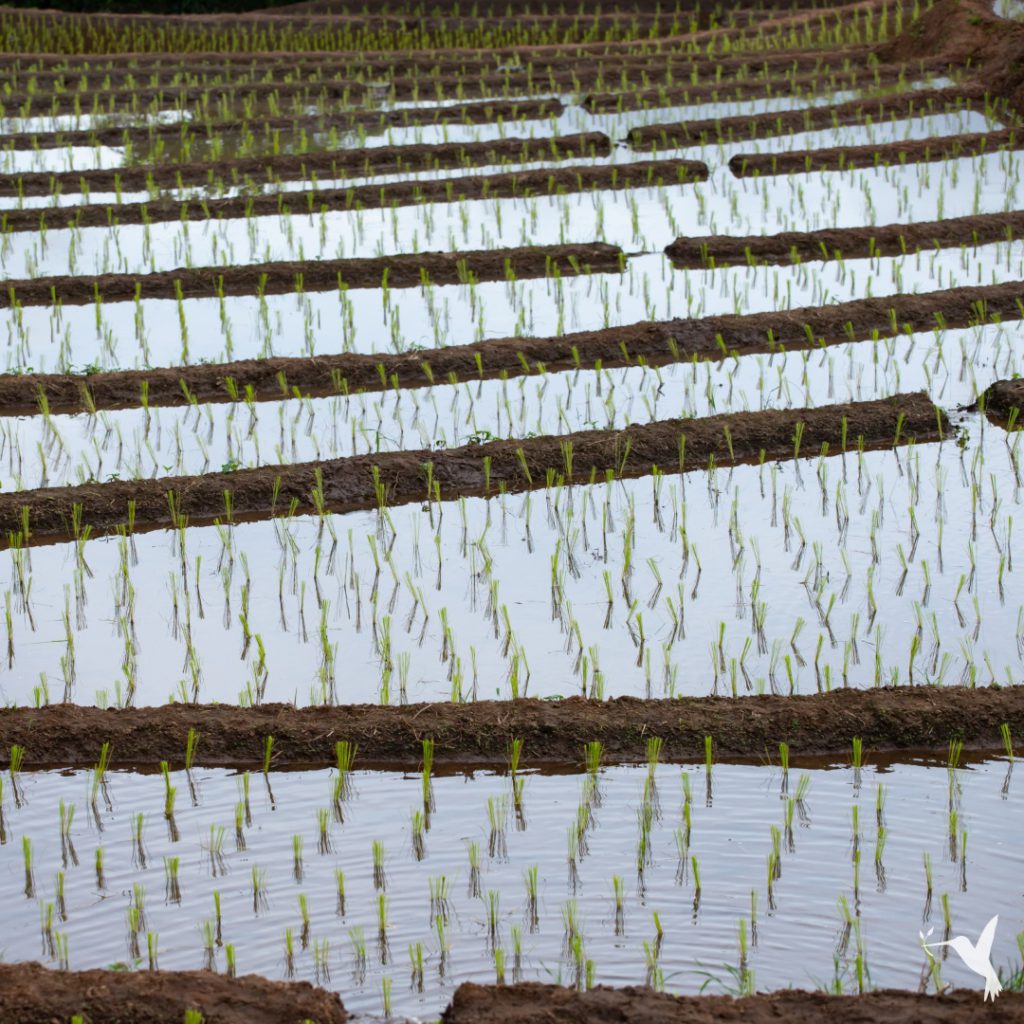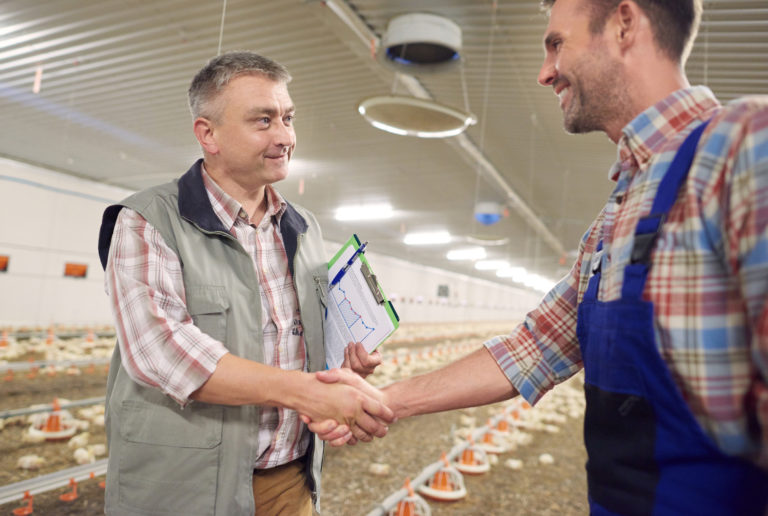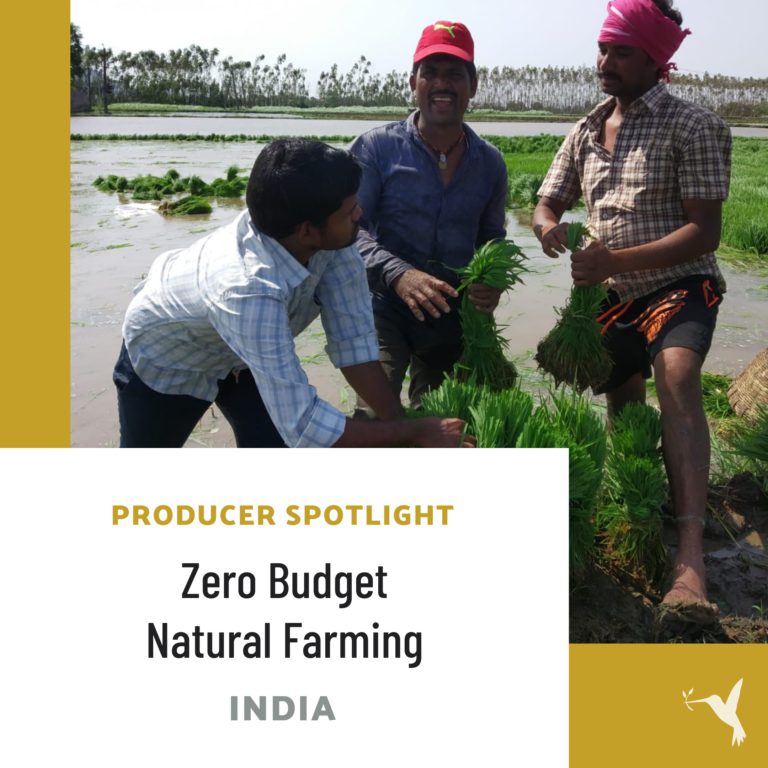Filipino Rice Farmers: What We Can Learn from their Struggle
The Complex Situation of Filipino Rice Farmers

How does a country like the Philippines, with a long history of rice production employing a significant chunk of its population, become the number one importer of rice, beating even China? It is a long and complex story, of course, and one that doesn’t always center the Filipino rice farmers themselves.
It is a story of tax reforms, import regulations, and a government’s choices and regarding its people.
Over the past two to three decades, many factors have negatively impacted rice farming in the Philippines. These include human negligence and natural disasters to name a couple. However, the industry suffered the most significant hit at the hands of its own government. Filipino government implemented a policy allegedly intended to improve conditions for all Filipinos, including Filipino rice farmers.
How Policy Affects Filipino Rice Farmers
This policy was the Rice Tariffication Law (RTL). They ratified it in February 2019. Quota restrictions previously controlled rice imports. This law opened up these imports completely and only an import tariff regulated them. The government stated that purpose of this new law was to stop rapid inflation. The aim was to support food security for all Filipinos, and not only protecting the smaller group of Filipino rice producers. Inflation did indeed slow. Allegedly, the benefits for the general population, such as lower prices for rice, would by far outweigh losses in the rice production sector. However, the Federation of Free Farmers, an organization created in 1953 to bring about nonviolent reform to support peasants’ rights, conducted a study on the matter. They revealed that farmers are in a much worse situation now than they were prior to the RTL.
Under this new rice law, a significant portion of the tariff on rice imports was intended to support the modernization and improvement of local rice farming practices. These improvements should have included specialized machinery and other subsidies. The idea was to boost production and thus make Filipino rice farmers more competitive, both locally and internationally. Sadly, one year after the implementation of the law, the promised machinery has yet to be delivered. Several other promises remain unfulfilled as well.
Shifting Agriculture & Social Dynamics
Currently, Filipino rice farmers and their families find themselves seeking other employment in urban areas. They are mostly finding work in construction, food services, factories, and domestic work. These jobs don’t necessarily offer better income than rice farming, but they do provide more stability, and moreover often include non-monetary benefits such as health insurance and paid leave. The migration of farmworkers to cities translates into abandoned farmland, sometimes repurposed for other uses, including real-estate development.
Questions arise:
Is the gradual elimination of local agricultural production going to ensure food security for a rapidly growing population of over 100 million people?
Is the government acting in the interest of all of its people?
Small movements towards organic agriculture offer glimmers of hope as the global trend of sustainable food systems that care for the soil, water, and environment slowly gains traction. Within this framework, “the old ways” are embraced and combined with new eco-friendly technologies and practices.
The Greater Population or Those Who Feed Them?
Right now, given the COVID-19 pandemic, it is clear that the government will continue to focus on how to feed the majority of its population, rather than on how to improve the situation of the roughly three million people whose livelihoods depend on growing rice. At the beginning of April of this year, the Philippine government signed an agreement with Vietnam, the world’s third largest rice exporter, to secure a continuous supply of as much as 300,000 tons of rice.
In times of crisis, urgent and immediate matters demand attention, often at the expense of more sustainable and longer-term planning. Depending on how long this global pandemic lasts, and as the food supply chain becomes increasingly strained by transport restrictions, the importance of having a healthy local production to guarantee food security may become more apparent.
Contemplating possible solutions? You can head over to this recent story and learn the steps proposed by the Producers Market team to help innovate and strengthen our value chains during disruptive times.



2 comments
This great!
Great this indeed!